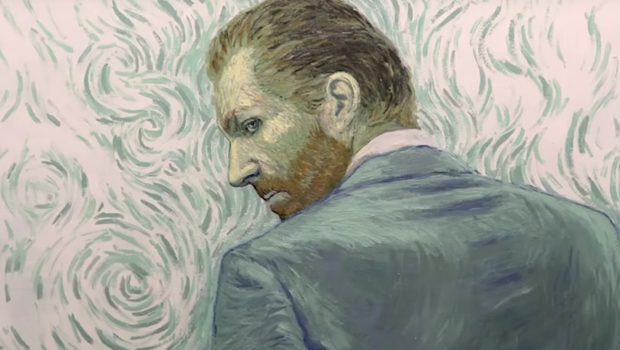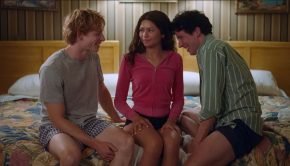Loving Vincent – Film Review
Reviewed by Damien Straker on the 26th of October 2017
Madman presents a film by Dorota Kobiela and Hugh Welchman
Produced by Hugh Welchman, Ivan Mactaggart and Sean Bobbitt
Written by Dorota Kobiela, Hugh Welchman and Jacek Dehnel
Starring Douglas Booth, Jerome Flynn, Saoirse Ronan, Helen McCrory, Chris O’Dowd, John Sessions, Eleanor Tomlinson and Aidan Turner
Music by Clint Mansell
Cinematography Tristan Oliver
Rating: M
Running Time: 90 minutes
Release Date: the 1st of November 2017
Loving Vincent is a fictional account of how the artist Vincent van Gogh lived in a village as a painter before dying from a gunshot wound to his stomach. Some say that he killed himself as an act of suicide, while others suggest that he was shot by a group of children that were bullying him, including a village idiot.
We’re reminded that six weeks before he died, he told his father that he felt calm and that he seemed normal, which adds to the mystique as to why he would decide to kill himself. However, unhappiness was also a pivotal part of his early childhood as he looked for his place in the world. At one point, he was sacked from a missionary and only picked up a brush and started painting at age 28.
The film is an animated production where several actors, including Chris O’Dowd and Saoirse Ronan, provide their voices and physical resemblance to the characters in the village. Additionally, over 130 animators worked on the film to design it so that it would mirror Van Gogh’s paintings. The film is certainly unique to look upon and incomparable to any recent film about art or otherwise.
The lines of motion on the characters’ faces gives a blurred effect to the images which admittedly is slightly distracting over an entire ninety-minute feature film. However, the pop art look of the town is interesting because it provides a three-dimensional shape to the otherwise flat brushstrokes of the water colour images. Similarly, the black and white flashbacks are like ash-coated images and comparable to chalk drawings and the look of the films from the Silent Era.
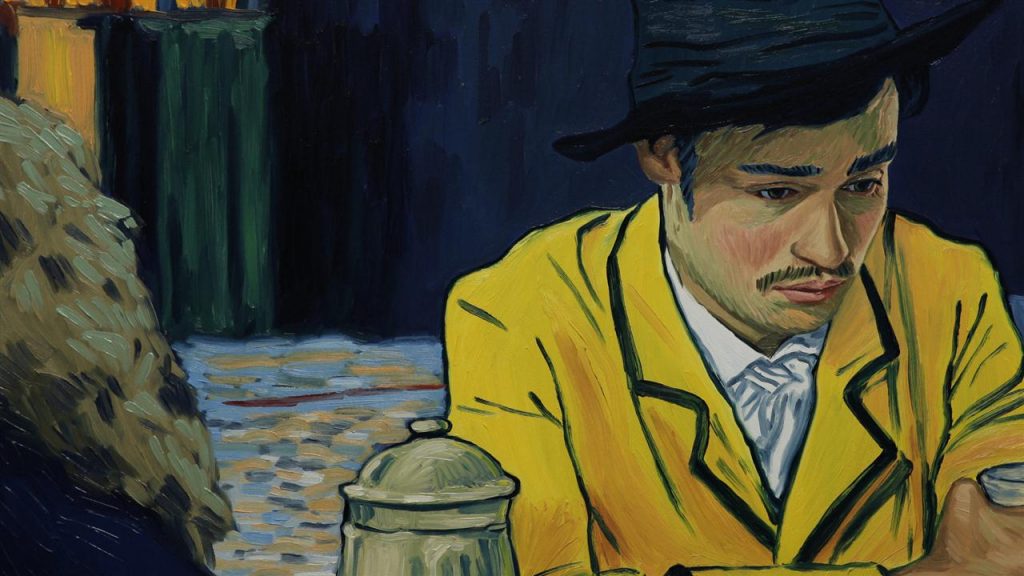
What doesn’t work nearly as well as the art choices with this film is how the narrative is told, which is perhaps a result of employing such a delicate and a presumably time-consuming and costly animated style. The film is basically told as a “who done it?” mystery, but it’s also a clumsy one. Set a year after Van Gogh’s death, it doesn’t introduce the main characters very cleanly and then employs a repetitive dialogue framework to unravel who shot Van Gogh.
The main character isn’t Van Gogh but Armand Roulin (Douglas Booth), who is the son of the postal worker Joseph Roulin (O’Dowd), a friend of Van Gogh’s. Joseph wants him to deliver Van Gogh’s final letter to his brother; subsequently, Armand must travel through the village where Van Gogh worked. He interviews each of the townsfolk to learn more about the artist. Each person has a contrasting viewpoint of the man, which frustrates Armand. “What I’ve been told doesn’t add up…everyone has a different story”, he cries.
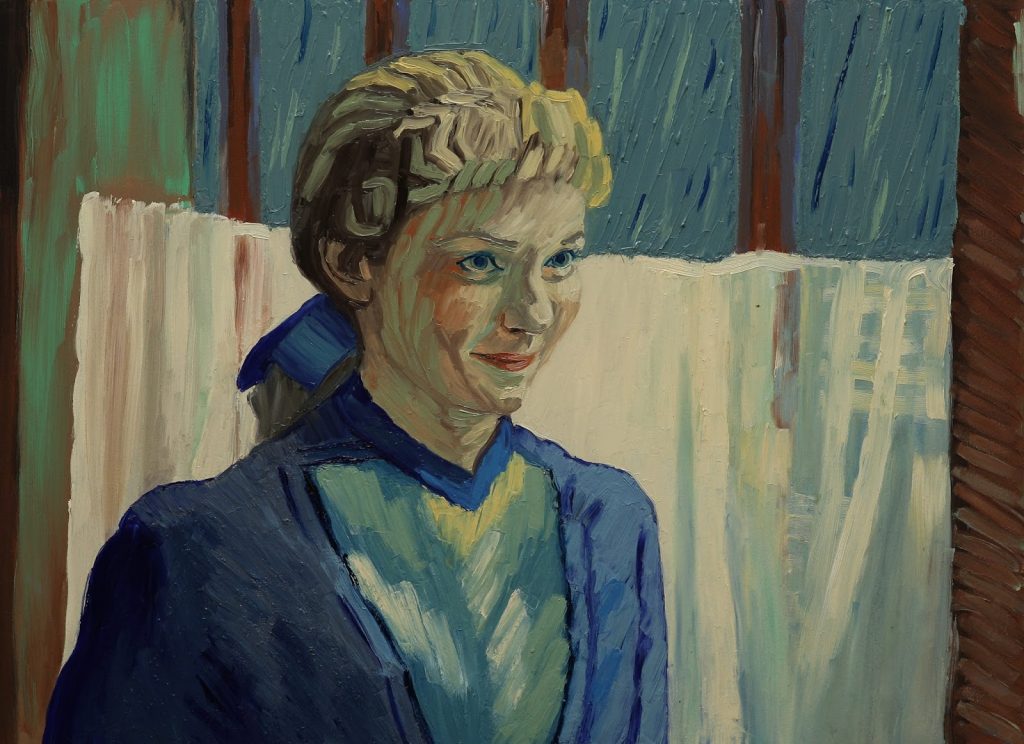
Some of the villagers describe Van Gogh as kind and friendly in nature, but others think he was weird and unpleasant. We’re told that he “never had much luck with women”, which seems particularly evident in one dramatisaton where he famously cuts off his ear and sends it to a prostitute. One woman exclaims: “He was evil!” Yet another person claims that for many Van Gogh “died as a martyr for art”. Additionally, a rivalry with Dr. Gachet grew from his jealousy of Van Gogh’s natural talent, which may have led him to forge several of his artworks.
Unfortunately, each interview is told in the same rigid style where Armand interviews someone and we hover over a flashback scene where a voice over explains the situation rather than allowing the drama to unfold naturally. The human drama doesn’t feel involving because there’s an emotional distance born from the fuzzy visuals and how the scenes are explained to us like someone is telling a story rather than showing one. The resolution also verges on corny when a character says: “You want to know about his death but what about his life?”
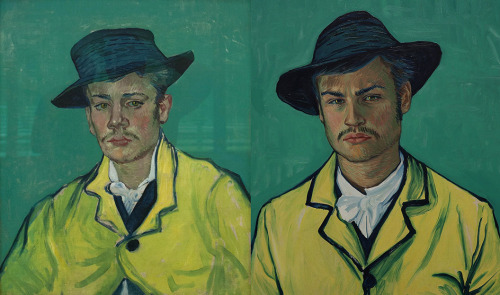
Overall, the film provides some interesting contextual points about Van Gogh’s early life, particularly his natural abilities as a belated painter, and the visual style is unlike any film in recent memory. Yet opting to use a very peculiar art form in a full-length feature film, with the aim of immersing the main character into the work and the behaviour of the subject, has come at the expense of variations in how the narrative’s drama is projected over the course of the entire story.
Summary: Opting to use a very peculiar art form in a full-length feature film, with the aim of immersing the main character into the work and the behaviour of the subject, has come at the expense of variations in how the narrative’s drama is projected over the course of the entire story.

